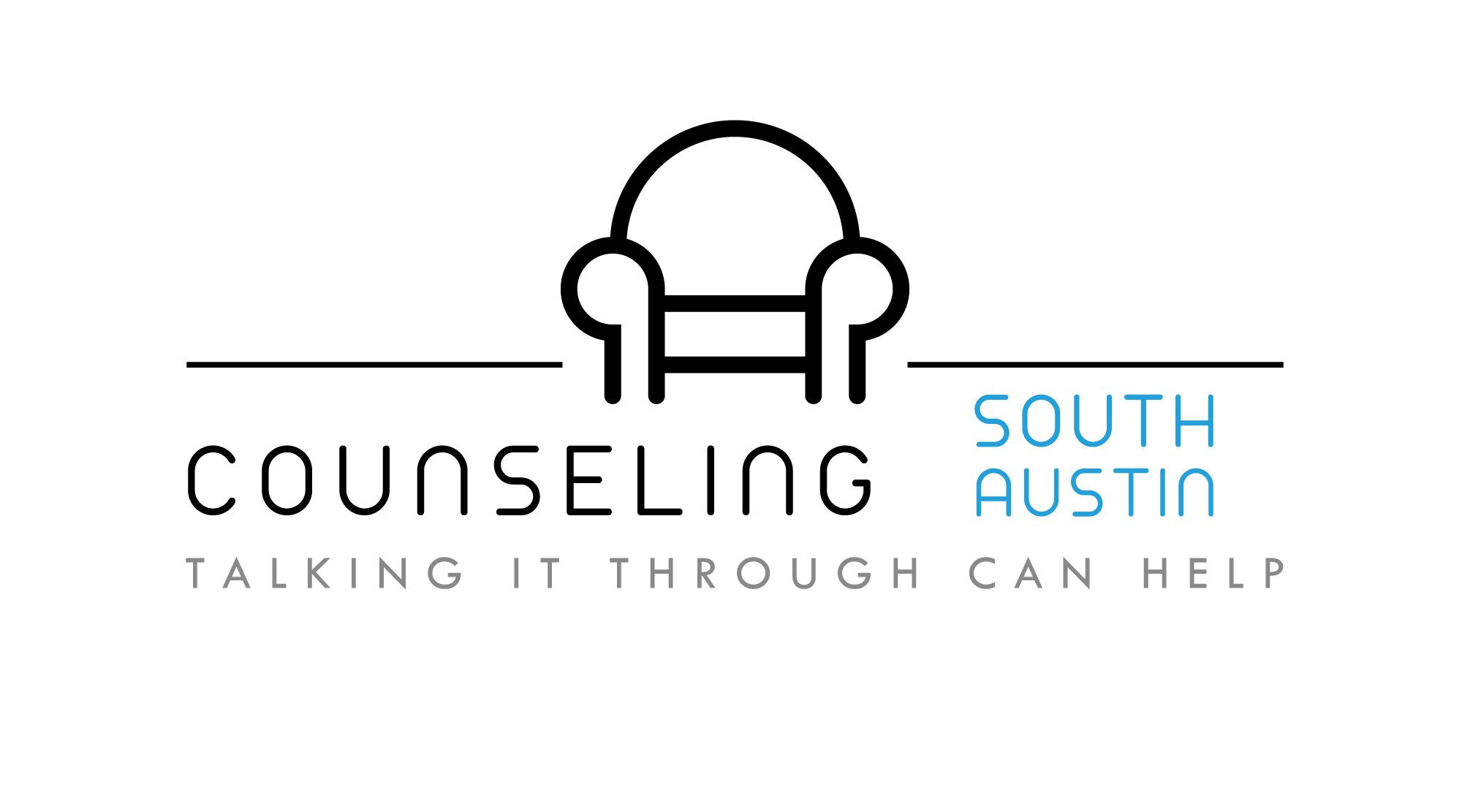 Are you looking for affordable therapy in Austin, Texas? You’re in the right spot! Read on for some simple tips to find affordable therapy in your area.
Are you looking for affordable therapy in Austin, Texas? You’re in the right spot! Read on for some simple tips to find affordable therapy in your area.
Counseling can help you transform your life and your relationships.
Even so, finding an extra $500-$600 in your budget to fund your psychotherapy can feel like a daunting or even impossible process.
I’m here to help you explore your options and think outside the box about ways you can stretch your dollars so you can work with a therapist you really want to see.
Finding affordable therapy in Austin, Texas might feel like a distant dream, but there are actually a number of great options out there. Let’s discuss some of them.
The best therapy is the kind you can attend regularly.
If you’re looking for affordable therapy in Austin, Texas, I want you to find someone with whom you can work for as long as you like.
That means finding someone who’s a good fit for your schedule and budget, as well as your personality—that’s a sustainable solution and I’m all for those.
So, I’ve included a few pieces of information here about ways to make therapy more affordable, along with a link to some practices that offer affordable therapy in Austin, Texas.
1.) Using your insurance.
Yes, it’s the most obvious choice, but it’s worth mentioning.
If you can find a therapist on your insurance plan’s list of providers that you like (aka an “in network” therapist), you’ll save a lot of money.
The trick is finding a therapist you like that practices near you and has spots open for new patients. This can be especially challenging if you’re looking to work with a specialist who accepts insurance—they tend to book up very quickly.
If your plan allows for out of network benefits (common with PPO plans), you can pick who to work with without referring to your insurance company’s list of providers. You’ll pay more out of pocket, but you’ll have more choices about who to work with.
At Labyrinth Healing and Counseling South Austin, we are not in network with any insurance companies, but you may be able to get some of the cost of counseling back if you have a PPO or similar plan.
2.) Working with a sliding scale.
If you don’t have insurance, if you have a high deductible plan, or if you don’t have a qualifying mental health diagnosis, insurance may not be the right route for you.
You might fare better working with a therapist who offers a sliding scale. This way, you can negotiate your fee directly with your therapist, based on your monthly budget and the spots open in the therapist’s sliding scale.
Here at Counseling South Austin, we offer affordable therapy in Austin, Texas on a sliding scale that ranges from $90 to $120 a session. You can learn more about some of the advantages of seeing a therapist on a sliding scale here.
3.) Using your HSA or FSA account.
Therapy counts as a medical expense. So, if your company offers these plans, you can use your Health Savings Accounts or Flexible Spending Accounts to cover the cost of your therapy.
Your account may issue you a credit card that you can use for qualifying medical expenses at the time of purchase, or you may have to request a statement from your therapist itemizing the cost of each appointment so you can apply to your HSA or FSA for reimbursement.
These plans don’t restrict who you see, as long as you’re seeing a licensed therapist. And if you have a FSA account, you need to make sure you spend the dollars you set aside each year, as most of your funds do not roll over from year to year. Check with your plan for details.
We accept HSA and FSA plans at Labyrinth Healing and Counseling South Austin—in most cases, you can use your credit card to debit your account directly.
4.) Tax deductions.
If you’re paying top dollar to see your therapist, you may qualify for a tax break at the end of the year. This will depend on your income and the total amount you spend on medical expenses in a year.
Mental health counseling is considered a qualified medical expense according to the IRS.
So, even though you end up paying more to your therapist up front, you may get some unexpected savings on your tax bill.
We’re happy to supply you with a list of appointments and the total amount you paid for therapy at our practice for tax purposes. Please just give us advance notice so we can have the statement ready for you.
5.) Community clinics.
There are a number of practices offering affordable therapy in Austin, Texas. Most are staffed by therapists in training or funded by state and federal programs. You may be facing a wait list and you probably won’t get to pick who you work with, but you will be able to get counseling for a very low fee, or even for free!
For example, the sliding scale at the YWCA in Austin starts at just $10 a session.
What’s especially nice about services in these clinics is that you can often get many different services all in the same place—for example, counseling, medication, and case management can all be offered at the same clinic. However, you may need a qualifying diagnosis and you’ll likely also have to meet income guidelines in order to receive services.
To learn more about very low-cost counseling options in Austin, go here and here.
6.) Working with a therapist-in-training.
Some therapists at the beginning of their careers will offer a sliding scale as they begin to fill their practices. This can be a nice way to see a therapist of your choice in a private practice setting at a reduced cost. If you have some reservations about working with a beginning therapist, here are three things to consider:
First, new therapists have the benefit of the most up-to-date training and education as new graduates, as compared with someone who has been in the field for 10 or 20 years. The best therapists are the ones who stay on top of advances in the field, but not all therapists keep up with these.
Second, some new therapists are motivated enough to seek out additional specialized trainings, like EMDR, and can offer these advanced forms of treatment at a significantly lower cost than more established therapists.
Third, therapists in training are working under someone else’s supervision. This means someone is taking time each week to talk about their work with you with another expert—and two heads are better than one! Rarely do therapists get this kind of support and oversight after their internships are completed. Even if they do participate in consultation groups, it’s typically not on a weekly basis. So, you are getting the thoughtful consideration of not one, but two professionals when you work with a therapist in training.
While experience and training certainly matter in this profession, they are not the only factors to consider. There are some therapists very new to the field that I would be happy to see as a client, and there are some established therapists who have been practicing for 20 years that I would rather not see.
As with most important things, it’s hard to make accurate generalizations—so try meeting with a couple of therapists for a free consultation to see how YOU feel about your options before making a decision.
All the therapists at Counseling South Austin offer a free, half hour consultation to help you with the choosing process. Curious to know more? Learn more about our therapists here.
Remember: therapy is an investment in yourself and those you love. Harmonious relationships, inner peace, and compassionate support during life’s challenges are worth their weight in gold. No matter what you can afford to pay, help is available if you’re ready to take the next step.
For more ideas on where to find affordable counseling in Austin, read up here and here.
